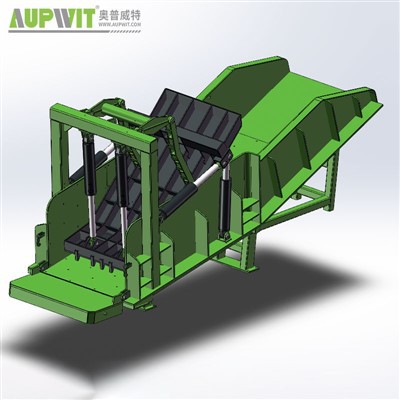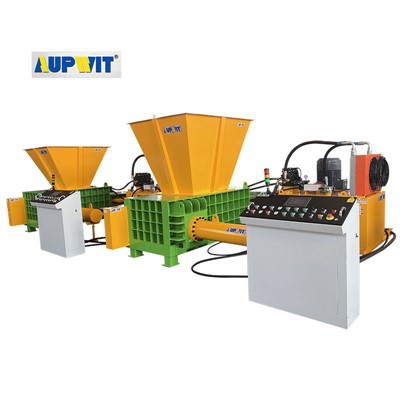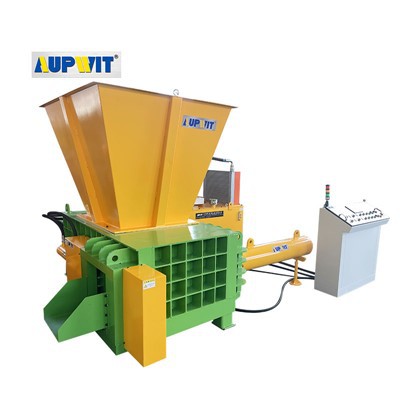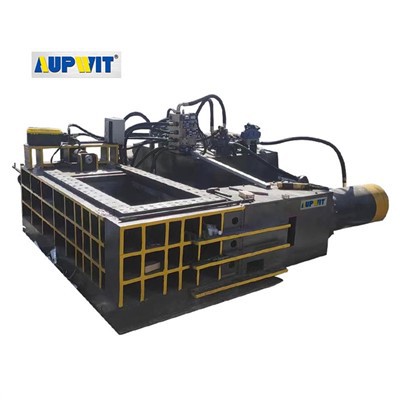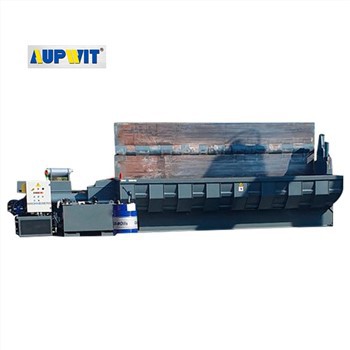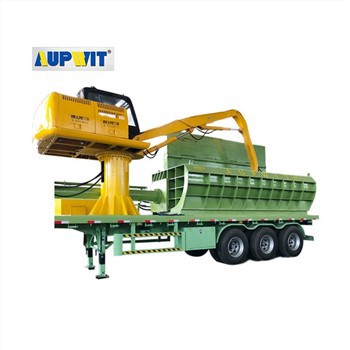Adjusting Pressure in Biomass Briquetting Presses
Adjusting the pressure of a biomass briquetting press is crucial for producing high-quality briquettes with the right density and strength. Here are the steps and considerations for effective pressure adjustment:
1. Understanding the Pressure-Generation Mechanism
Most biomass briquetting presses use hydraulic or mechanical systems to generate pressure:
- Hydraulic presses rely on hydraulic cylinders and pumps
- Mechanical presses use gears, screws, or levers
Knowing the type of system your press has is the first step in making adjustments.
2. Assessing the Biomass Material
- Hardness and Density: Harder and denser biomass materials, such as hardwood chips, require higher pressure for proper briquetting. Softer materials like straw may need less pressure.
- Moisture Content: Biomass with an ideal moisture content (usually 8-20%) is easier to compress. If the material is too dry or too wet, you may need to adjust the pressure accordingly to achieve good results.
3. Step-by-Step Pressure Adjustment
- Locate the pressure-regulating valve (often marked clearly on the hydraulic control panel)
- Use a pressure gauge to monitor the current pressure
- Gradually turn the regulating valve clockwise to increase pressure or counter-clockwise to decrease it
- Make small adjustments (e.g., 5-10 bar increments) and test-briquette after each change
- For screw-type mechanical presses, adjust the position of the screw to change the compression distance
- In gear-driven presses, check for adjustable components like eccentric wheels or linkages that control the force
4. Monitoring and Fine-Tuning
After adjusting the pressure:
- Observe the quality of the produced briquettes
- Check for density, shape integrity, and strength
- If briquettes are too loose, increase pressure slightly
- If cracked or deformed, reduce pressure
Continuously repeat this adjustment and observation process until achieving the desired briquette quality.


